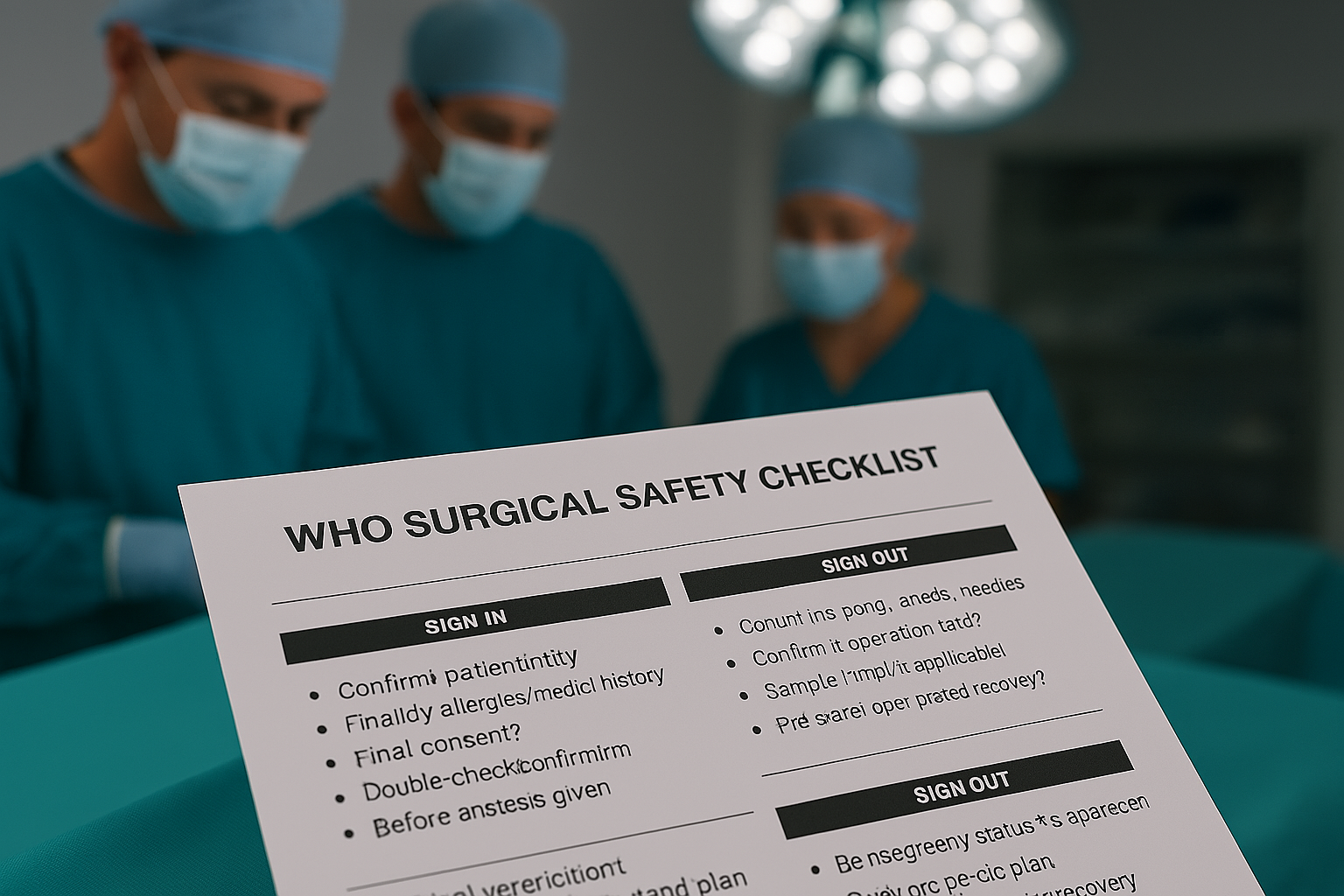Mind Over Scalpel: Nurses’ Mental Health in the Operating Room
Behind every successful surgery lies a hidden battle: nurses’ mental health. This post dives into the silent struggles operating room nurses face daily—burnout, high-stakes anxiety, and emotional strain—and shares real strategies to protect resilience and well-being. Because supporting nurses’ mental health is vital for patients, teams, and nurses themselves.








